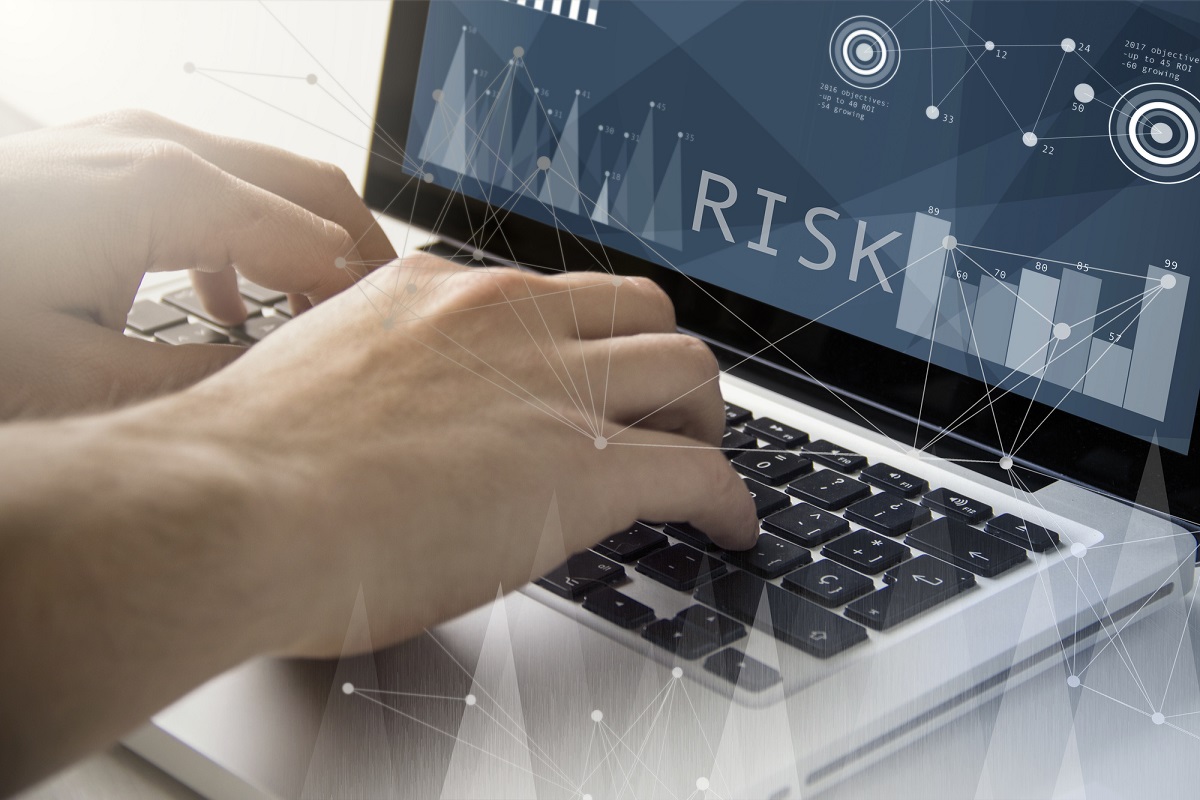Technology risks can significantly impact an organization’s ability to achieve its goals. Developing a technology risk management plan can help organizations identify and address potential issues derailing their plans.
The plan should include how the risks will be assessed, how they’ll be prioritized, and who will be responsible for implementing the plan. It should also have a list of resources needed to mitigate the risks.
Contents
Identify and evaluate the risks.
An organized process called technology risk management helps firms identify potential workplace hazards. It can also help workers become better decision-makers.
Risk management varies according to the industry, business type, and compliance rules that apply to a given organization. However, there are five general steps that most businesses can follow.
Once you have identified the risks that need to be addressed, you can start implementing the plan. It will allow you to avoid costly unforeseen events that negatively impact your company’s profitability and operations.
An excellent way to start is by using a risk assessment chart. It will help you prioritize the most critical hazards and keep your team focused on preventing them. It will also help you manage your resources more effectively without stretching them too thin.
Develop a Plan of Action
Once you’ve identified your technology risks, developing an action plan is next. It involves analyzing each risk, determining its impact on your business, and developing mitigation strategies.
The impact of a risk is substantial because it tells you how severe it can be and how much damage it could cause to your organization. It also helps you prioritize which risk to address first based on its potential cost and severity.
A risk management plan should also include a list of resources needed to prevent the risk or minimize its impact. It can help you prioritize which risks to tackle first and ensure you don’t waste time or money on unnecessary risks.
Implement the Plan
IT risk management is an essential part of a business’s operation. It can be crucial to mitigating the risks of a data breach or cyberattack.
It’s also essential to help staff understand their roles during a security incident. For example, IT personnel should have regular compliance training to ensure they know the risks that may affect their company’s information systems and sensitive data.
After the board of directors has authorized the strategy, the following stage is to implement it. It’s a good idea to involve all employees in the implementation process, as it fosters communication and encourages cross-functional learning.
The IT department should implement the plan, while other departments will work on different aspects of the program as it progresses. It helps create accountability and ensures that every area of the IT process is addressed and understood. Also, it aids in lowering the time and financial costs associated with plan implementation.
Monitor the Plan
Once the plan has been implemented, monitoring its effectiveness is vital. It should be reassessed periodically, ideally as new risks are identified and prioritized.
Including every team member in the process and encouraging them to share their knowledge of potential hazards is the best approach. They can also offer their experience with past projects that help you identify issues and pitfalls.
For example, if a project team member knows that a vendor has problems with delivery times, they can alert the rest of the team about this.
A more manageable response plan can be implemented if the risk is not severe enough to need immediate action. It might involve the project team taking measures to reduce its impact, such as obtaining insurance for the risk or shifting it to another party outside of the organization (such as an outsourced IT company).
High-performing organizations keep a close eye on their IT risk management plans. They monitor their progress and update everyone about any changes that have occurred or are occurring.



